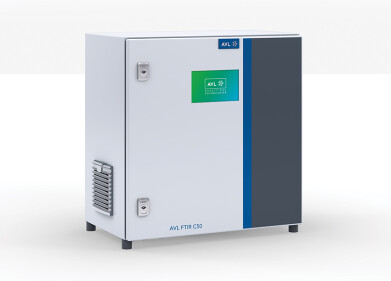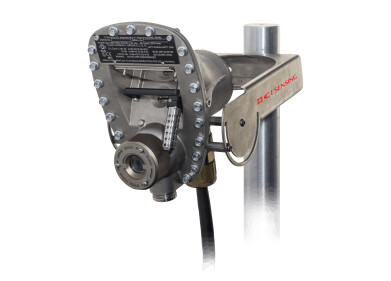Air Monitoring
The Invironment Project Sparks Indoor Pollution Concerns
May 29 2014
The quality of air and the levels of pollution present in it have been a subject of concern in many Asian countries for years now, and the global consciousness is also sitting up and taking notice of the purity of air in our cities. For an example, read this article, Air Quality Assessment and Air Pollution Zoning of Hanoi Using Air Quality Index, in which Hanoi’s pollution levels in some places at times were higher than national technical regulation values.
But what about the air in our homes?
An area that was previously thought to be off-limits for pollution has now been thrust into the limelight, due to a recent study named The Invironment Project. The study, conducted by vacuum cleaner manufacturer Electrolux, sought to delve deeper in the cleanliness of air found inside homes around the globe by analysing samples of the dust particles sucked up by vacuum cleaners.
Rather than focusing on the size and structure of the dust particles, as is common in such analyses, this study concentrated more on their composition. There are many different techniques used to analyse the elemental makeup of solids and liquids; in analysing these dust particles, the scientists employed an elemental detector and came up with some surprising results.
Two samples were taken from each home in cities around the globe, including Sao Paulo, Taipei, Stockholm, Singapore, Paris and Los Angeles. The results revealed unexpected microcosms in the homes, with many of them showing traces of elements specific to their countries.
For example, Brazil is the leading producer of bauxite, a principle component of aluminium, and traces of it were found inside the Electrolux cylinder. Meanwhile the Taipei homes showed the presence of gypsum, popular in the making of tofu, which of course is abundant in Taiwan. Paris, famous for its quaint, charming buildings and antiquated architecture, showed traces of the lead paint used to decorate such edifices in yesteryear.
More concerning were the discoveries of electronic capacitors and soot particles, which are harmful due to the level of heavy metals such as niobium and barium that they contain. Inhalation of such substances can lead to respiratory problems and allergic reactions, and as such indoor pollution may be more of an issue than previously thought. Even more alarming was the discovery of thallium in one of the homes, which has long been associated with foul play and murder.
As makers of vacuum cleaners, the sponsors of the study Electrolux predictably recommended the more frequent use of their products. However, they also offered valuable advice in the form of opening the window during or immediately after rainfall, which can help to refresh the air and dissipate the dust particles.
Similarly, having indoor plants was recommended as a way to circumvent pollution through the organic compounds they offer.
One thing has been underlined by the study – that pollution is not just a matter of exhaust fumes and power plants. Indoor pollution can have an effect on our health, as well.
Digital Edition
AET 28.2 April/May 2024
May 2024
Business News - Teledyne Marine expands with the acquisition of Valeport - Signal partners with gas analysis experts in Korea Air Monitoring - Continuous Fine Particulate Emission Monitor...
View all digital editions
Events
Jul 10 2024 Birmingham, UK
Jul 21 2024 Cape Town, South Africa
Australasian Waste & Recycling Expo
Jul 24 2024 Sydney, Australia
Jul 30 2024 Jakarta, Indonesia
China Energy Summit & Exhibition
Jul 31 2024 Beijing, China


















